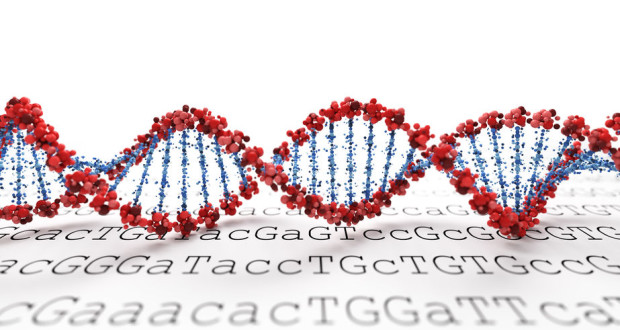In the last few decades, much has been written about the subject of DNA, and for good reason. The DNA a person receives from his or her parents determines all of their physical characteristics, and may leave them vulnerable to certain genetic disorders. You may not have known, however, that DNA is not immune to damage. If the body fails to address abnormalities, evidence suggests that it becomes more susceptible to aging and serious diseases.
Researchers are still learning more about how our DNA is repaired. A good example comes courtesy of the University of North Carolina (UNC), which released a groundbreaking study on this topic in the spring of 2015.
Getting Rid of Dead Weight
What the UNC team managed to achieve was highly impressive; they were the group team to document the DNA repair process for every gene in the body. Genes, as you might recall, are pieces of DNA that hold the data that ultimately shape your appearance. In order to carry out this mission, these DNA segments must build proteins; hence, they are referred as protein-coding genes.
Such genes account for only 2 percent of human DNA. Estimates of the exact number of protein-encoding genes in the human genome have changed over time; in the early 2000s, the number was pegged in the 26,000 to 30,000 range. In comparison, a 2014 study indicated that the actual number might be as low as 19,000.
So how does the body repair DNA? The process starts with the removal of damaged segments of DNA by the body’s cells. The cells accomplish this task with the aid of enzymes, proteins that accelerate chemical reactions within humans and other life forms. Once the impaired sections are removed, other enzymes sweep in and restore the affected areas of the genome, enabling the cells to operate normally.
Map Building
The UNC researchers have been studying DNA repair for a number of years. Recent efforts by one team member yielded a valuable piece of information ‒ the identity of a protein that plays a major role in the upkeep of DNA. Known as TFIIH, the protein’s behavior in response to genetic material proved to be highly noteworthy; inside a test tube, it firmly attached itself to a damaged piece of DNA.
Eventually, the UNC team was able to recreate this experiment with human skin cells. Using a combination of antibodies, ultraviolet (UV) radiation and new extraction techniques, the researchers succeeded in isolating and then removing the damaged DNA from these cell samples. The next step was to determine the correct order of molecules found in this fragment of DNA, a process known as “DNA sequencing.” Analyzing the now-sequenced DNA allowed to team to achieve it’s ultimate goal ‒ determining how every single gene in the body is repaired.
One of the study’s senior authors, Aziz Sancar, effectively summarized the study’s findings in a May 2015 press release. “Now we can say to a fellow scientist, ‘tell us the gene you’re interested in or any spot on the genome, and we’ll tell you how it is repaired.’ Out of six billion base pairs, pick out a spot and we’ll tell you how it is repaired.”
The researchers argue that their work could leave a lasting impact on cancer treatment. Chemotherapy drugs damage cell DNA in a manner similar to ultraviolet radiation. Given this fact, the report might help doctors better understand how cancer cells repair themselves. In turn, that information could provide a blueprint for weakening the defenses of such cells. The May 1st, 2015 issue of the journal Genes and Development published the team’s study.
 Natural Knowledge 24/7 Educate yourself with nutrition, health and fitness knowledge.
Natural Knowledge 24/7 Educate yourself with nutrition, health and fitness knowledge.






